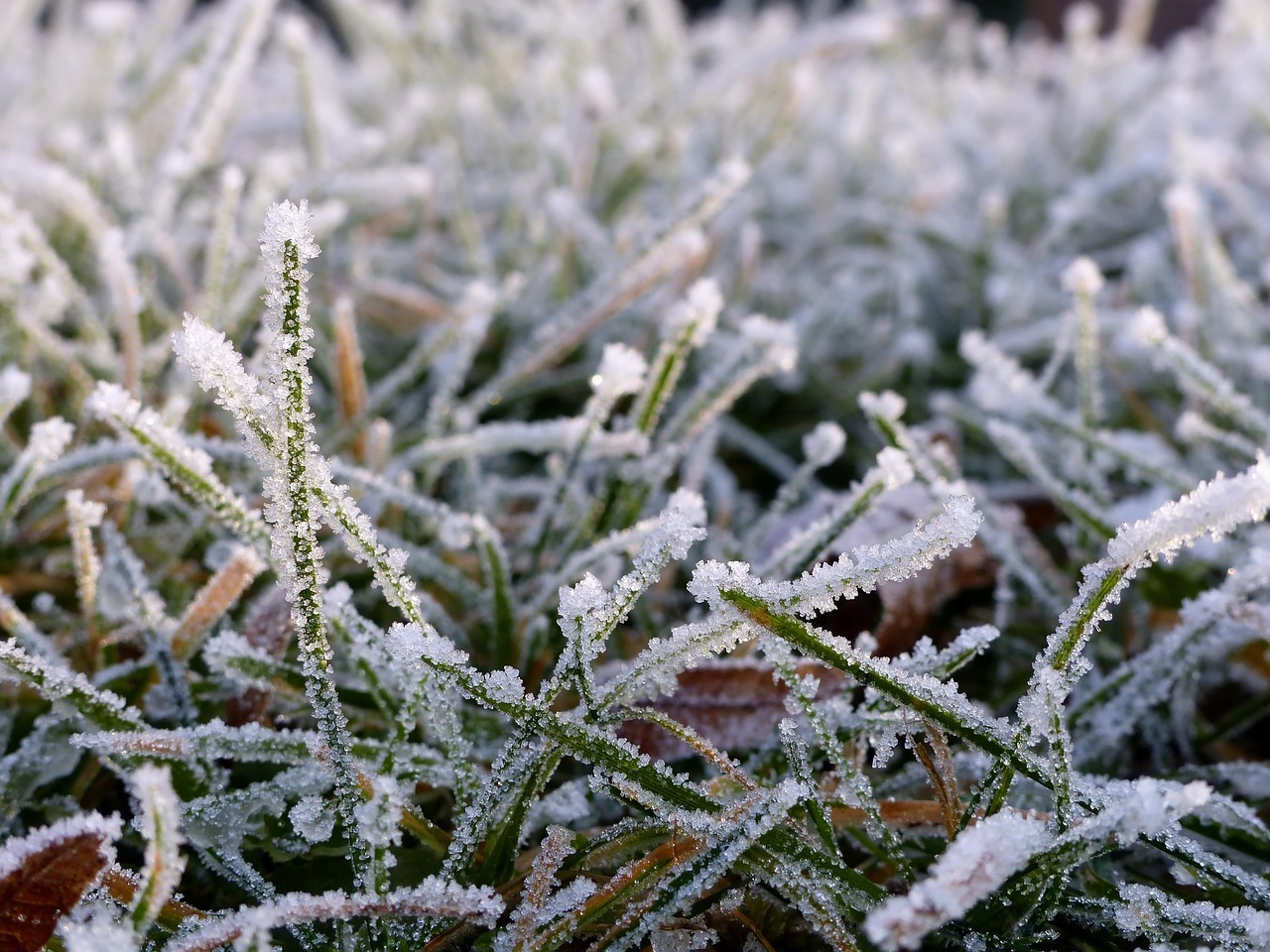
Should You Winterize in Austin? The Truth About Lawn Fertilization
Winter in Austin may not bring snow or frozen ground, but it still challenges your lawn in ways that affect how it looks come spring. As warm-season grasses like St. Augustine, Bermudagrass, and Zoysiagrass go dormant, many homeowners wonder: should you fertilize your lawn in winter?
The answer depends on your grass health, soil condition, and long-term goals. At Loopers Lawns, we specialize in fertilization and weed control tailored for Austin’s mild winters—and we’re here to explain when winterizing makes sense and when it doesn’t.
Understanding Austin’s Winter Lawn Needs
Austin’s winters are mild, with average lows in the 40s and only occasional dips below freezing. Warm-season grasses don’t die in this weather—they simply slow down, storing energy in their roots until warmer temperatures return.
This dormancy means lawns don’t need frequent mowing or heavy fertilization, but your soil still benefits from attention. With the right nutrients applied at the right time, you can help your grass develop stronger roots, bounce back from summer stress, and green up faster when spring arrives.
When Winter Fertilization Helps
Winter fertilization can be a smart move for many Austin lawns—especially if they struggled through the summer heat or have thin, patchy spots. Here’s when it’s worth doing:
- Strengthening Roots: A light fertilizer in late fall or early winter (November–early December) helps roots store nutrients for spring growth.
- Repairing Summer Damage: Lawns affected by drought, grub worms, or armadillo digging benefit from a nutrient boost that rebuilds soil health.
- Supporting Overseeded Lawns: If you’ve overseeded with ryegrass for winter color, light fertilization keeps that lush green look through the cooler months.
- Improving Soil Quality: Many Austin yards have clay-heavy soil low in organic matter. Slow-release fertilizers can enhance microbial activity and overall soil structure.
When to Skip It
Not every lawn needs winter fertilization. In fact, applying too much—or at the wrong time—can do more harm than good.
- Healthy, Dormant Lawns: If your turf is already thick and healthy, it’s best to let it rest through winter.
- Risk of Runoff: Fertilizing before heavy rain can wash nutrients into local waterways, violating city guidelines and wasting product.
- Weed Growth: High-nitrogen fertilizers may feed winter weeds like henbit and chickweed.
- Late Timing: Fertilizing after January is generally ineffective, as dormant grass won’t use those nutrients until it’s too late.
At Loopers Lawns, we provide free soil tests and lawn assessments so you can know for sure whether winter fertilization will actually benefit your yard.
Choosing the Right Fertilizer
If your lawn does need a winter boost, product choice matters. Go for:
- Slow-release, low-nitrogen fertilizers such as 10-10-10 or 6-12-12 formulas to support root strength instead of leaf growth.
- Potassium and phosphorus-rich blends (like 8-12-16) to improve stress resistance and root development.
- Organic options such as compost or Milorganite to build soil health while staying eco-friendly.
Our team uses region-specific products recommended by Texas A&M AgriLife Extension, customized to your lawn type and soil makeup.
Your Austin Winter Lawn Care Game Plan
If you’re planning to fertilize, here’s a simple winter lawn checklist:
- Test your soil to identify nutrient gaps.
- Mow short (around 2–2.5 inches for St. Augustine) before fertilizing.
- Clear debris so nutrients reach the soil.
- Apply fertilizer evenly—use half in one direction and half in the other for full coverage.
- Water lightly to help nutrients soak in, but don’t oversaturate.
You can also apply a pre-emergent herbicide in late fall to prevent spring weeds like crabgrass from taking root.
How Loopers Lawns Can Help
Winter fertilization requires the right timing, product, and technique—and that’s where we come in.
At Loopers Lawns, we offer:
- Free soil testing and assessments to determine if fertilization is needed.
- Custom slow-release treatments designed for Austin’s clay soils and warm-season grasses.
- Integrated winter care, including pre-emergent weed control, pest management, and irrigation checks.
Our licensed, Austin-based team knows exactly how to keep Central Texas lawns strong through winter and ready for spring.
The Bottom Line
Winterizing your lawn in Austin isn’t a one-size-fits-all solution. For some lawns, a light late-fall fertilizer can make all the difference in spring growth. For others, rest and proper weed prevention are all that’s needed.
Want to know what’s best for your yard? Contact Loopers Lawns today for a free quote and soil test. Call or text (512) 720-8788 or visit www.looperslawns.com to learn more about fertilizing the right way for Austin’s unique climate.